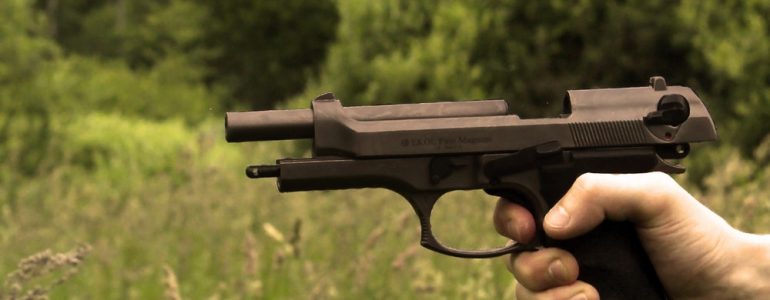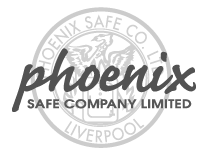A gun is a lethal weapon. It can maim or kill. But knowing full well the deadly power of a gun doesn’t stop some owners from treating it as casually as a stick.
Beginners tend to forget basic safety tips while some experienced gun owners take these safety measures for granted.
Whenever you are handling a gun, safety should always be your top priority. Here are the most important shooting safety rules to follow. They apply whether you are going hunting or having fun at a shooting ground.
1. Always Assume the Gun is Loaded (Even When It’s Not)
This is the golden rule of shooting. Always assume the gun is loaded even when you are 100% sure it is not. This ensures that you always handle the gun with care at all times.
With this default assumption in mind, here’s how you should handle your gun in different situations.
- When taking it out of storage, whether from a gun cabinet or slip, lift it with the muzzle pointing upwards or downwards. Break it with your other hand and check whether there are any cartridges.
- When you hand the gun over to someone else, do it with the stock facing them and with the gun broken. This allows them to clearly see that the gun is empty.
- When you receive a gun, check again whether there are any cartridges even if the other person has checked.
2. Never Point the Gun at Anyone
It’s not just rude, it’s also very dangerous.
There are few things as scary as having a gun pointed at you, even when you know it is empty. It’s not a very friendly gesture
Whenever you are taking the gun out of storage, carrying it or handing it to someone, always make sure that it is not pointed at anyone. Not even in the general direction where other people are.
That also applies when you are dry-firing. Even if you’ve just checked that the gun is empty, assume that it has magically reloaded itself. Point it where you are sure it’s safe if it shoots.
3. Whenever You Are Carrying Your Gun, Make Sure It Is Broken (Or In a Slip)
If you are not shooting, your gun should be empty and broken. The only situation where you can leave it unbroken (after emptying it) is when you are carrying it in a slip.
Never leave cartridges in a gun when you are not shooting. Even worse, never leave a loaded gun unattended.
4. Be Aware Of Your Surroundings
Before you begin shooting, take stock of your surroundings. Check the location of other shooters as well as buildings and animals (if any).
Never assume that your line of fire is clear. Some may unknowingly step into the danger zone.
Only when you have double checked that your line of fire is clear should you go ahead and pull the trigger.
5. Know Where You Are Shooting
Never shoot blindly. Before you shoot, you should know exactly where you are shooting and estimate where the shot is likely to fall.
Shooting into dense vegetation or too close to solid obstacles like rocks or buildings is dangerous. You can hurt someone either with a direct shot or a ricochet.
When estimating where the shot will fall, make sure that it will not go beyond the set boundary.
6. Wear Ear Protection
Guns are extremely loud, with many going over 140 decibels. That’s louder than a jet taking off, an ambulance siren or a chainsaw.
What’s worse is that it’s right next to your ear.
Failing to wear ear protection leaves you vulnerable to permanent deafness or tinnitus.
There are many types of ear protection included moulded earplugs, noise cancelling headphones, digital plugs and electronic earmuffs.
7. Store Your Gun Safely
Finally, always make sure your gun is safely stored after you finish shooting. Gun safes are the best and most secure storage options for guns. Place them in a safe and secure location in your house and you will sleep well.
There are several types and sizes ranging from small 3-gun safes to large 8-gun secure cabinets.
Remember to empty your gun before you put it in the gun safe. Most come with a lockable ammunition box where you can safely store your cartridges separately.







